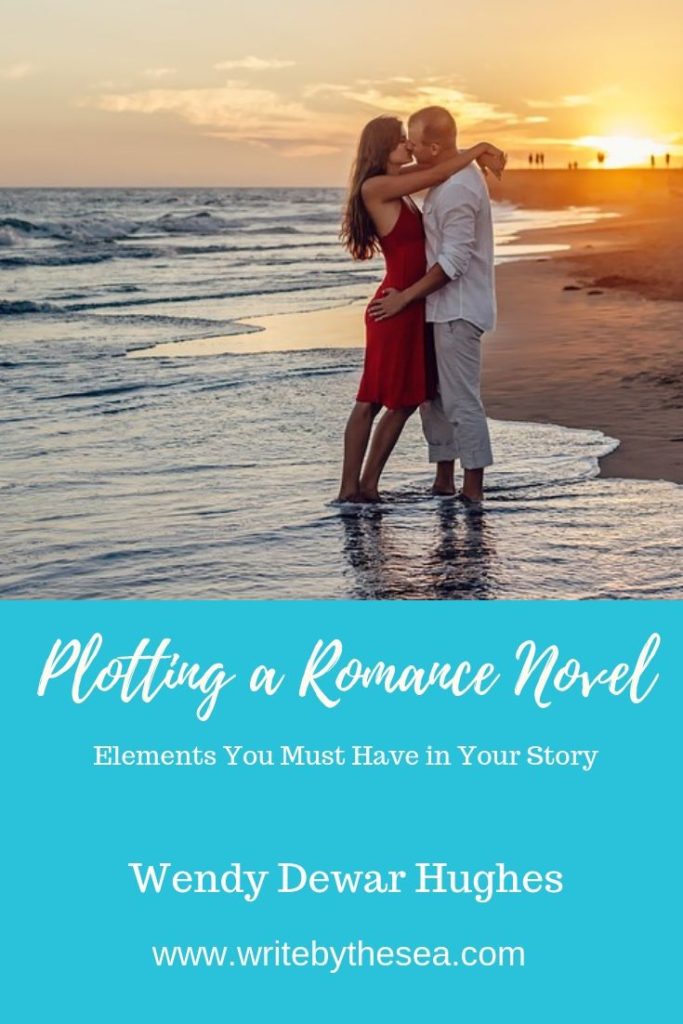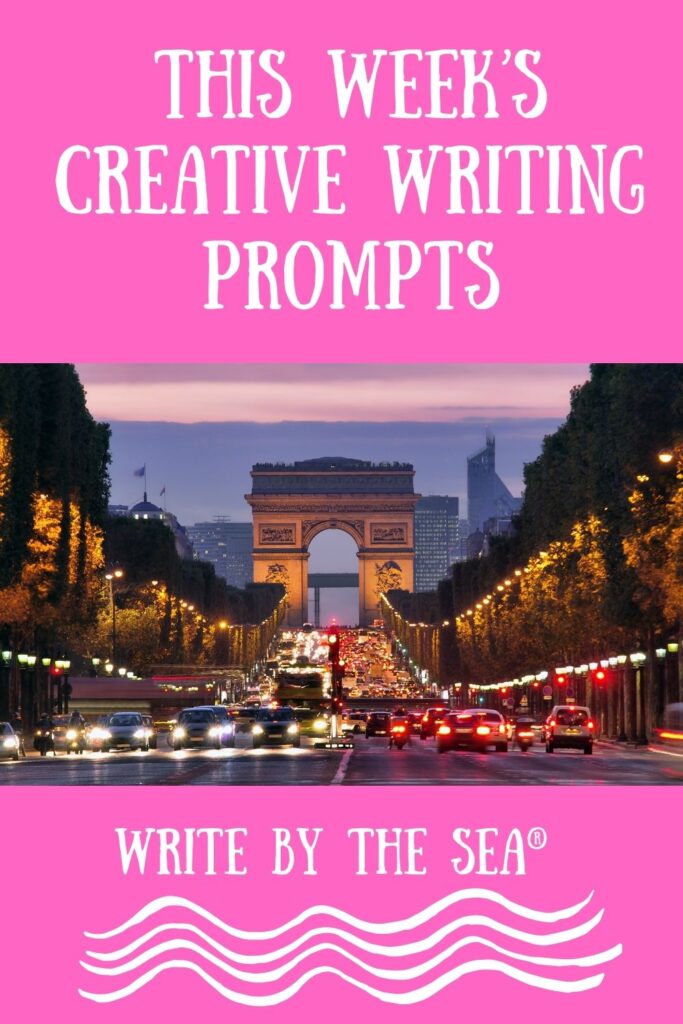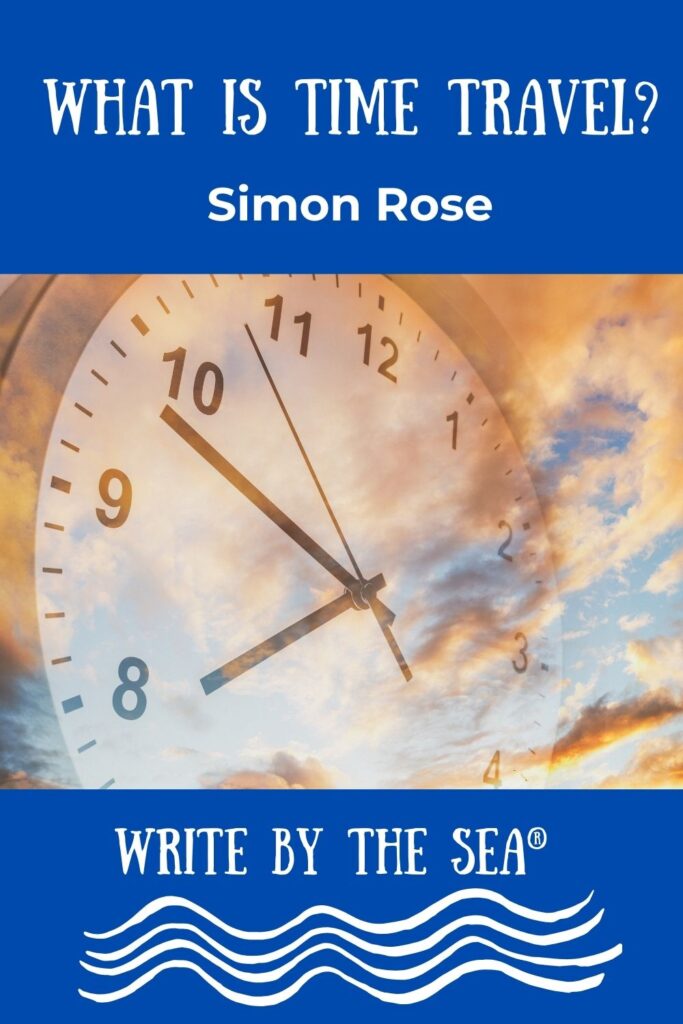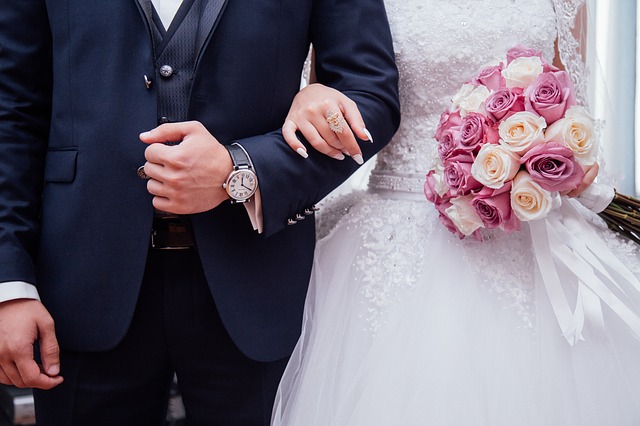Stuck When It Comes to Plotting a Romance Novel?

You’ve probably heard that some stories are character-driven and others plot-driven.
While many novels do lean one way or the other, every story needs well-developed characters and a stimulating plot to keep your reader engaged.
We will get into subjects like structuring and pacing in another column, but, for now, let’s look at your plot and what works and what doesn’t.
If you have your characters developed, either firmly in your mind, or with details in a character file, you need to know what they want in order for the plot to work.
Let’s begin with your main character, the protagonist.
Assuming you’re writing a romance, your lead character is likely a woman, though it doesn’t have to be.
You’ll have a heroine and a hero and both of these characters must want something.

Ask yourself the following:
What does she want?
Why does she want this?
Will the reader care that she wants this?
What is her most important goal?
If she does not achieve her goal, what will be the consequences?
Having a compelling goal is necessary for the reader to come on board with the protagonist’s quest.
If she just wants to learn to ride and bike or to lose ten pounds, well, who cares?
She has to have a meaningful goal and a big reason for going after it.
For example, if she has to win the Iditarod (a gruelling dogsled race) in order to save her father’s business, or get enough money for her handicapped sister’s surgery, that’s a compelling goal.

Your hero must also have a goal and a good reason for achieving it.
Typically, in a romance, the goals of these two individuals are at odds with one another.
His goal could be to stop the race for environmental reasons, or to win it for his own reasons.

Ask Yourself:
What does he want?
Why does he want this?
Will the reader care that he wants this?
What is his most important goal?
If he does not achieve his goal, what will be the consequences?
In its simplest terms, the plot of a romance must be together—apart—together.
What I mean is, the couple meets and has an attraction.
As the story develops, their attraction grows so that the reader feels the sparks or the chemistry between the two of them.
But everything can’t be “happy land” because that would make for a boring story.
You have to throw some tension and obstacles into their paths that will interfere with the continuation of their romance.
By now, the reader knows that these two should be together, that they have either fallen in love or are on the brink of falling in love.
But something is standing in their way that looks like it will keep them apart forever.

They have to resolve this conflict in order to reach happily ever after.
Whatever that obstacle is can’t be just the threat of something dire happening.
Something actually has to happen and it has to be serious.
I’m sure you’ve read romances where you can’t help but think, Oh, for goodness sake, just talk it over and the problem will go away.
If it can be solved that easily, it’s not a big enough obstacle.
You want to really put the squeeze on these people.
Keeping the suspense high, “will she succeed or won’t she?” guarantees that the reader will keep turning pages.
The plot is woven around the desires and goals of your characters.
Your protagonist can be compelled to save the store, ranch, space ship, family, or civilization but the plot has to support the character’s goal.
The plot is what happens while the characters are trying to work out their romance with each other so creating scenes that move that forward is vital to the success of the story.
Eventually, the two lead characters must overcome the obstacles in a satisfactory way for them to end up together, with the promise of living happily ever after.

About Wendy Dewar Hughes
 As well as being an author, Wendy Dewar Hughes is a professional artist and graphic designer.
As well as being an author, Wendy Dewar Hughes is a professional artist and graphic designer.
See more from Wendy at: www.wendydewarhughes.com and www.summerbaystudio.com.
When plotting a romance novel, include these elements:







One Comment
Comments are closed.